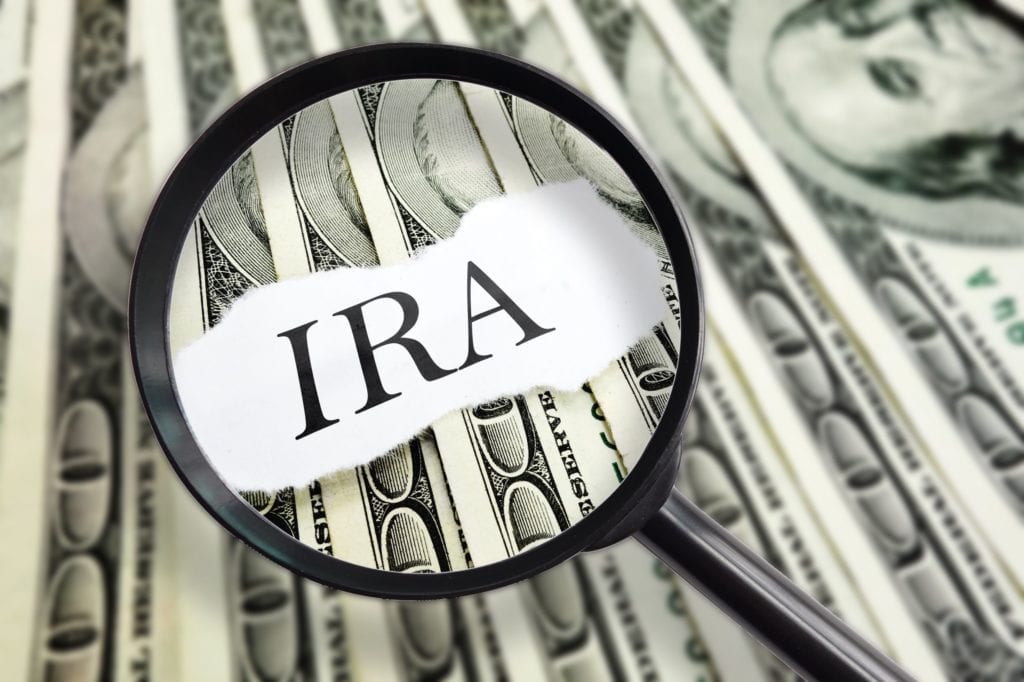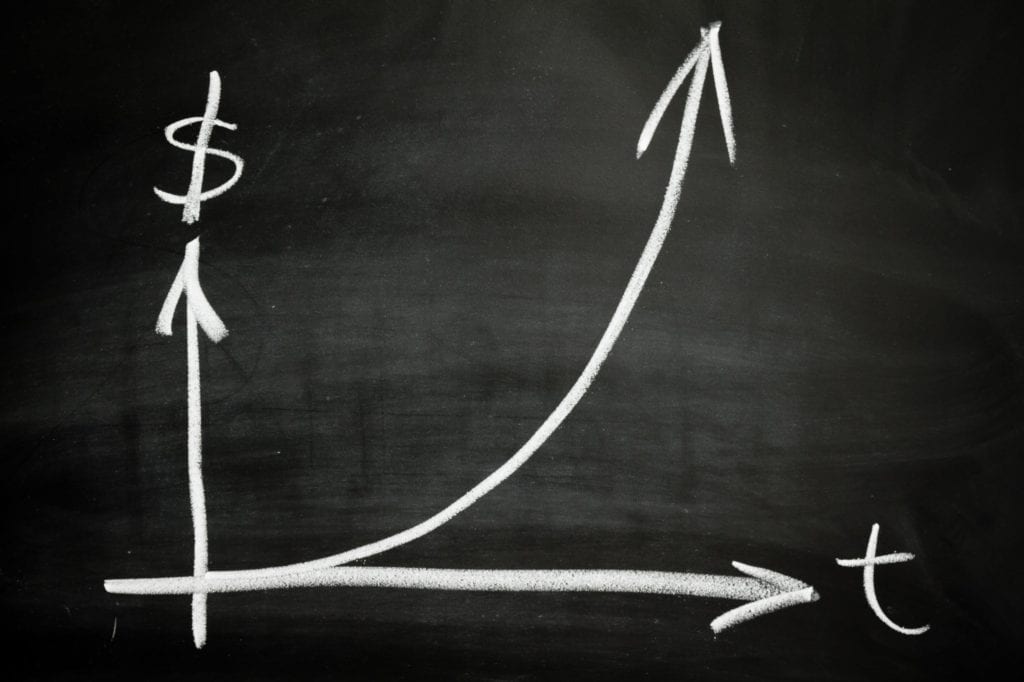14 Reasons to Set Up a Self Employed Defined Benefit Plan in 2024
This article has been updated for 2024.
If you are self employed or a small business owner, a Defined Benefit Plan is a powerful tool. In fact, in the right situation, there is no other tool quite like it.
Here are 14 reasons to set up a Self Employed Defined Benefit Plan in 2024:
-
1. Self Employed Defined Benefit Plans Allow Large Tax-Deductible Contributions
-
2. Contributions Grow Tax-Deferred
-
3. Defined Benefits Can Be Rolled Over at Retirement
-
4. 401(k) Plans Can Be Added for Additional Tax Savings
-
5. Self Employed Spouses Further Increase Pension Tax Deductions
-
6. Defined Benefit Plans Are Not Subject to the 25% of Compensation Limit
-
7. Self Employed Pension Plans May Reduce Payroll Taxes
-
8. Shorter Horizon? Make Up for Lost Time
-
9. Longer Horizon? Contribute More for Compounded Growth
-
10. Cash Balance Plans “Look and Feel” Like 401(k) Plans
-
11. Defined Benefits Create Employee Engagement and Retention
-
12. Small Business Owner Gets Most of the Defined Benefit Assets
-
13. Loan Option is Available in Self Employed Defined Benefit Plans
-
14. Defined Benefits Provide Creditor Protection
Schedule a Free Consultation
1. Self Employed Defined Benefit Plans Allow Large Tax-Deductible Contributions
If you are self employed or a small business owner, a Defined Benefit Pension Plan significantly reduces your taxes WHILE you save for your OWN retirement.
Although other retirement vehicles also allow this, Defined Benefit Plans have contribution limits that are significantly higher than other retirement options. For example, an IRA only permits an annual deduction of up to $8,000, and a SEP limits deductions to $69,000 per year. By contrast, someone who is self employed may contribute $100,000 to $250,000+ per year in a Defined Benefit Plan.
What’s more, in a Defined Benefit Plan, small business owners may be able to adjust contribution amounts each year depending on their situation, including business cash flow and taxable income. As long as the contribution falls within the contribution range, which can be quite wide, it is permitted.
Obviously, business owners want contribution flexibility. Often, the self employed use this flexibility to take advantage of higher cash flow or reduce taxation when income is higher. In that case, the small business owner may make larger Defined Benefit contributions to decrease income tax. Commonly, the self employed may adopt a Plan in a very strong year and front-load the contribution stream to more closely match tax deductions with expected income. Varying contributions based on business income can be a powerful strategy to minimize taxable income over the duration of the Plan.

2. Contributions Grow Tax-Deferred
In addition to allowing significant deductible contributions, Defined Benefit assets grow tax-deferred. In other words, a business owner is not taxed each year on investment gains. Instead, funds are not taxed until distributed from the Plan.
Why does tax deferral matter? Simply put, taxation chomps away at your retirement, resulting in less assets to invest and smaller savings at retirement. On the other hand, tax deferral keeps all the assets in the plan, leading to a larger asset base, higher investment returns, and substantially more savings at retirement. Over time, the difference can be staggering!
What’s more, when a small business owner couples tax deferral with the large contributions permitted in a Defined Benefit Plan, he or she can amass significant assets in only a few years.
Get a Personalized Illustration
3. You Can Roll Over Defined Benefits at Retirement
Upon retirement or termination of the Plan, the small business owner may receive Defined Benefit assets in a single sum distribution, which he or she can roll over to an IRA for continued tax deferral. Taxation occurs only when the retiree takes distributions from the IRA.
What’s the result of continued tax deferral after retirement? In short, retirement funds last longer. Much longer. Alternatively, deferred taxation can allow for a higher retirement income for the retired business owner.

4. You Can Add a 401(k) Plan for Additional Tax Savings
For someone who is self employed, Defined Benefit Plans allow for massive contributions. But what if a Pension Plan isn’t enough? Is there a way for a small business owner to contribute even more?
Yes! You can pair a Defined Benefit Plan with a 401(k) Profit Sharing Plan to further increase deductible contributions. In fact, by adding a 401(k) Profiting Sharing Plan, an additional $51,200 per year may be possible.
5. Self Employed Spouses Further Increase Pension Tax Deductions
Outside of large deductible contributions for the business owner, contributions may be increased (and potentially doubled) if the small business owner’s spouse is an employee.
Of course, the spouse’s deductible contribution will depend on a variety of factors, but the potential to increase, and even double, an already large deduction is powerful! For a business owner and spousal employee near retirement, total Defined Benefit and 401(k) contributions could be as high as $900k+ if contributions are “front-loaded”.

6. Defined Benefit Plans Are Not Subject to the 25% of Compensation Limit
Unlike SEPs or 401(k) Plans, employer contributions in Defined Benefit Plans are NOT limited to 25% of compensation. Since this limit does not apply to Pension Plans, a much higher contribution is possible for a given level of compensation, providing more flexibility than other retirement vehicles.
In fact, it’s not uncommon for Pension contributions to significantly exceed 25% of compensation. This can be especially helpful when the business owner wants to contribute a high proportion of his or her income to the Defined Benefit Plan. This often occurs when the business income is not needed for living expenses, such as when there is another source of income (e.g., taxable account, spousal income or the business is a “side business”). In such a case, the business owner may want to save most of the business income. In most instances, this is not possible with other retirement Plans. On the other hand, a business owner can contribute a large proportion of earned income to a Defined Benefit Plan.
Reduce My Taxes Today!
7. Self Employed Pension Plans May Reduce Payroll Taxes
As mentioned, the 25% compensation limit doesn’t apply to Defined Benefit Plans as it does for SEPs and 401(k) Plans.
This flexibility allows for payment of lower reasonable wages to achieve a given contribution objective. Since payroll taxes are a function of wages paid, a lower salary results in lower payroll taxes.
Thus, Defined Benefit Pension Plans not only provide substantially higher income tax savings than other retirement vehicles, but they also may result in lower payroll taxes.

8. Shorter Horizon? Make Up for Lost Time
Defined Benefit Plans allow for massive contributions, particularly for the self employed person near retirement age. This is because, regardless of their current age, a business owner can fund towards an age-62 balance of $3.5 million in only 10 years.
Funding to such a large balance in a short time period is an opportunity not permitted in other retirement arrangements. For example, 401(k) plans only permit small “catch up” contributions of $7,500 per year.
However, Defined Benefit Plans allow a small business owner to quickly make up for lost time. Specifically, deductible contributions are permitted such that an age-62 balance of $3.5 million can be accumulated in only 10 years. For someone who is 50 years old, this can mean annual contributions of approximately $250,000 per year for 10 years, assuming a 5% rate of return. If the owner’s spouse also is an employee, the permissible contribution could potentially double.
9. Longer Horizon? Contribute More for Compounded Growth
Younger self employed individuals can also benefit from a Defined Benefit Plan.
For example, even for business owners in their 30s, Defined Benefit Plans allow for deductible contributions in excess of other retirement vehicles. Specifically, a 35-year old may be able to save $120,000+ per year! This amount is further increased if the spouse also is an employee and by adding a 401(k) Plan.
By making large contributions sooner, the young business owner has a long period for returns to compound. This is an advantage because it significantly reduces the cost of funding for retirement.

10. Cash Balance Plans “Look and Feel” Like 401(k) Plans
Defined Benefit Plans can be complex. For example, traditionally, Defined Benefits were expressed as a monthly annuity. Upon distribution, this monthly payment stream then would be converted to a lump sum payment. Under this structure, it’s not difficult to see why business owners did not know the “value” of their benefit.
However, in recent years, Cash Balance Defined Benefit Plans have helped “simplify” Defined Benefit Plans. This is because Cash Balance Plans are expressed as an account balance rather than as a monthly annuity. The value of the benefit is simply the account balance. A conversion from a monthly annuity to a single sum is not required.
How do Cash Balance Plans work? At a high level, each year, the employer provides a predefined pay credit, which is added to the existing account balance. Additionally, the account balance is increased each year at a predefined rate of interest. Pay credits continue each year with accumulation at the predefined interest rate. When the small business owner retires, the Cash Balance account is simply paid out in a single sum. This amount can then be rolled over to an IRA.
Request a Cash Balance Illustration
11. Defined Benefits Create Employee Engagement and Retention
If you had to choose between paying $1,000 to the IRS in the form of income taxes or giving $1,000 to employees in the form of benefits, which would you choose?
Since a Defined Benefit Plan generally must cover a portion of employees, business owners are essentially making this decision when choosing to adopt a Defined Benefit Pension Plan. If a Plan is not adopted, the owner will pay higher income tax. If a Plan is adopted, the owner may need to give employees a benefit.
Everything else being equal, providing higher employee benefits is much more beneficial than paying higher income taxes. Think about it, paying unnecessary taxes does not provide any benefit to the business owner. On the other hand, funding employee retirement benefits would likely increase employee appreciation, engagement, and retention, leading to stronger profitability and growth.
What’s more, usually, the taxes saved under a Defined Benefit Plan are significantly higher than the cost of required employee benefits. This further supports the decision to adopt a Defined Benefit Plan, in the right circumstances, even when a business has non-owner employees.

12. Small Business Owner Gets Most of the Defined Benefit Assets
Although employee benefits may be required, in the right circumstances, it is possible to allocate 80% to 95%+ of employer contributions to the owner. In situations like this, the cost of employee benefits is more than “paid for” through reduced income taxes, providing a “net savings” to the business owner.
How much the owner receives as a proportion of employer dollars will depend on the age and earned income of the owner, whether the owner’s spouse is an employee, the number of employees, and the ages and compensation of the staff.
If you want to make a large deductible contribution but have employees, we can run an illustration to quantify the possible tax deduction and the corresponding cost of providing staff benefits. This information can help you decide if a Defined Benefit Plan will be cost-effective for your business.
13. Loan Option is Available in Self Employed Defined Benefit Plans
To the self employed, cash is king, and the ability to access cash at the right time may mean the difference between success and failure. Even business owners with predictable incomes experience financial pressure when economic conditions deteriorate. As a result, tying up large contributions in a retirement plan can be a concern for many business owners, even when they receive a large tax advantage.
What is the solution? Fortunately, Defined Benefit Plans, like 401(k) Plans, can permit loans. While a loan provision in a Defined Benefit Plan has its drawbacks, providing for the option can make sense in the right circumstances.

14. Defined Benefits Provide Creditor Protection
In some cases, Defined Benefits are protected from creditors in the event of bankruptcy. The ability for you to shift business assets, which are subject to seizure, to a protected Defined Benefit asset is a huge advantage.
Should I Set Up a Defined Benefit Pension Plan?
Whether a Defined Benefit is right for you depends on several factors. However, if you are self employed, are at least 35 years old, and would like to save $80,000+ per year for the next 3 to 5 years, you should strongly consider a Defined Benefit Plan.
Curious how much you could deduct? Use our Defined Benefit Plan calculator to get an estimate.
To receive a more in-depth analysis, contact us. This analysis will give you the information needed to make an informed decision.
When Must I Adopt the Defined Benefit Plan?
To receive a 2024 tax deduction, you must adopt the Defined Benefit Plan by the time you file your business return (or 9/15/2025 if sooner).
If you are interested in adopting a Defined Benefit Plan or getting more information, contact us for a free consultation.
We look forward to helping you significantly reduce your taxes WHILE you save for your own retirement.

Other Posts:
Telephone:
Email:
info@saberpension.com
Copyright © 2024 Saber Pension & Actuarial Services, LLC
(480) 795-8256
Fax:
(480) 393-8490